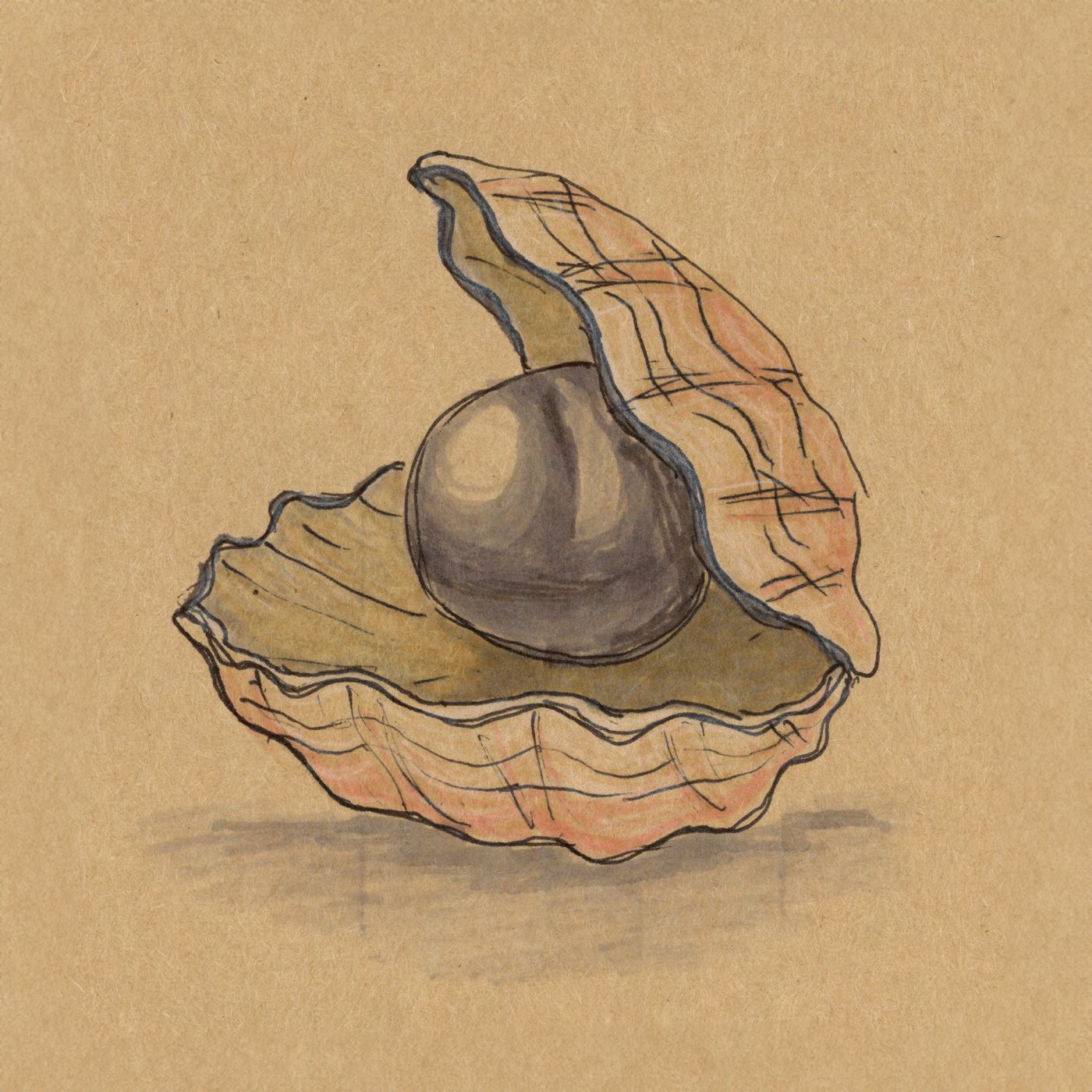My body speaks to me.
A LOT.
It nervously babbles like butterflies in my stomach when my turn is next at karaoke. It sings in delight when I breathe in the intoxicating aroma of honeysuckle. It “gets funky” when I hear a ‘90s song play in the grocery store and I can’t help but move to the groove and start singing along, other customers be damned.
It also likes to yell REALLY LOUDLY when it hurts. I used to have a sticker on my water bottle that said, “Everything hurts and I’m dying”, right next to “Remember to drink water to stay hydrated while you suffer” (60pc sarcastic sticker pack available here).
I have become an expert at listening to my pain just enough to advocate for help and to support it through diet, movement, and meds. The rest of the time I tune it out because life goes on, the kids still need me, there’s a Teams meeting to run, and those irreverent GIFs won’t post themselves in my coworker chat group.
And that worked for quite a while.
I was listening, but I wasn’t listening, and my body needed me to listen.
It started screaming, demanding my attention. But I still didn’t listen. I didn’t know HOW to listen. I added more doctors, more treatments, more meds to temper the tantrum. I did what I had to do to get through the day.
I knew it wasn’t enough.
I didn’t know what else I could do.
I knew intellectually that trauma affects the body from reading The Body Keeps The Score by Bessel van der Kolk (available here), and I made the educated guess that was what I was experiencing, but I didn’t know how to bridge the gap between understanding and healing.
Until I read Dr. Gabor Maté’s book The Myth of Normal (available here).
It was transformative. I understood myself in a way that I was never able to before, and more importantly, I finally had the knowledge I needed to listen to what my body had been screaming to tell me.
Listening requires several things:
1. Compassion
Interestingly, compassion comes from the Latin word compati meaning ‘suffer with’.
I needed to actively sit with my body and lovingly allow it to feel. No judgement, no platitudes, no fixing.
2. Curiosity
I needed to be curious about sensations I was experiencing. Again, without judgement or the need to fix. I needed to stop running away from my pain and my fear. I needed to open myself up to it and listen.
3. Time
When the body is ready to speak, it needs dedicated and uninterrupted time to do so.
4. Trust
I trusted my body. I knew that my body would be there for me, supporting me, no matter what might come up.
Listening in action: Neck Pain
In the past, I would excuse the pain away: I have a big brain, it works hard to keep it vertical. Aren’t kids literally a pain in the neck?! This is where I normally hold my stress.
Instead of brushing it off and suffering through it, I waited until I knew I had the time to listen, then I stopped. I noticed the pain. I became curious about it. I chose not to put words in its mouth. I said: Thank you for wanting to speak to me. I love you and I am ready to listen to whatever it is you would like to say or feel. I am here. It’s okay to speak. It’s equally okay if you aren’t ready to speak yet. I’m still here, and I’ll be here when you are ready.
I sat with my pain and suffered with it.
There were big emotions stuck in my throat. I allowed myself to be fully present and feel those big emotions. I trusted my body that while these emotions were powerful, they could not hurt me. Once the emotions had been fully felt, they melted away. The pain melted away.
I touched my neck for WEEKS after that, marveling at how soft my neck felt. The ever-present tension I had always known was gone.
I went through a season of intense healing after that, using these new skills to let every part of my body speak. It took compassion, curiosity, time, and a whole lot of trust, but it was the best gift I have ever given myself.
Every healing journey is unique. While this is the process that finally worked for me, your journey may look different. Trust that your body knows what’s best for you. Here are some additional resources:

The Myth of Normal by Dr. Gabor Maté

The Body Keeps the Score by Bessel van der Kolk

